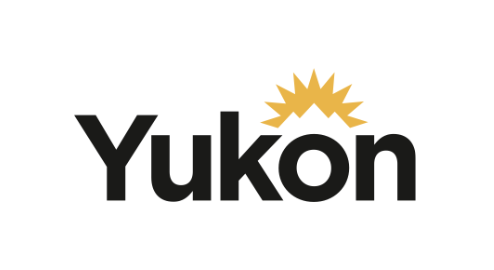Analysis of geoscience data for geothermal exploration in the Whitehorse area, Yukon
Abstract: in collaboration with the Yukon Geological Survey, and other project partners, Innovate Geothermal Ltd. performed an analysis of geoscience data in a 13 by 15 km area in the northern part of the City of Whitehorse to better understand the potential for geothermal energy resources that, if present, could be used for heating purposes. The primary goal of this project is to analyze and interpret a variety of pre-existing and newly-acquired geological and geophysical datasets to evaluate where geothermal reservoirs may be present within the study area. A secondary goal is to propose favourable drilling locations, if warranted, for exploratory boreholes to collect information on subsurface temperature and permeability. The geoscience work accomplished here includes both 2D map interpretation as well as construction of a 3D geologic model that was guided by geophysical inversion modelling of gravity and magnetic survey data. At a regional scale, multiple lines of evidence suggest that subsurface temperatures are above the crustal average. More importantly, three warm springs located in the northwestern part of the city (Porter Creek and Crestview subdivisions) produce 12.0–18.5°C water and have water chemistry that suggest much higher temperature (minimum 54–87°C) geothermal fluids at depth. Existing data suggests that the warm springs are likely heated by natural radioactive decay in rocks of the Haeckel Hill pluton that underlies the Mount Sumanik area, northwest of Whitehorse. Additional geothermal aquifers with more modest temperature (~9°C or higher) are associated with the Miles Canyon basalt rock unit in the southeastern part of the study area. Both areas merit further geoscience studies to better characterize the subsurface. In the vicinity of the warm springs, three, 1 km deep, exploratory boreholes are proposed to obtain direct information on subsurface stratigraphy, temperature, and permeability. The central and southwestern portions of the study area are underlain by granitic rocks of the Whitehorse batholith and are considered geothermally unfavourable because mineral exploration boreholes that have been drilled into the batholith reveal subsurface temperatures that are below average for continental crust.
Access paper here.

